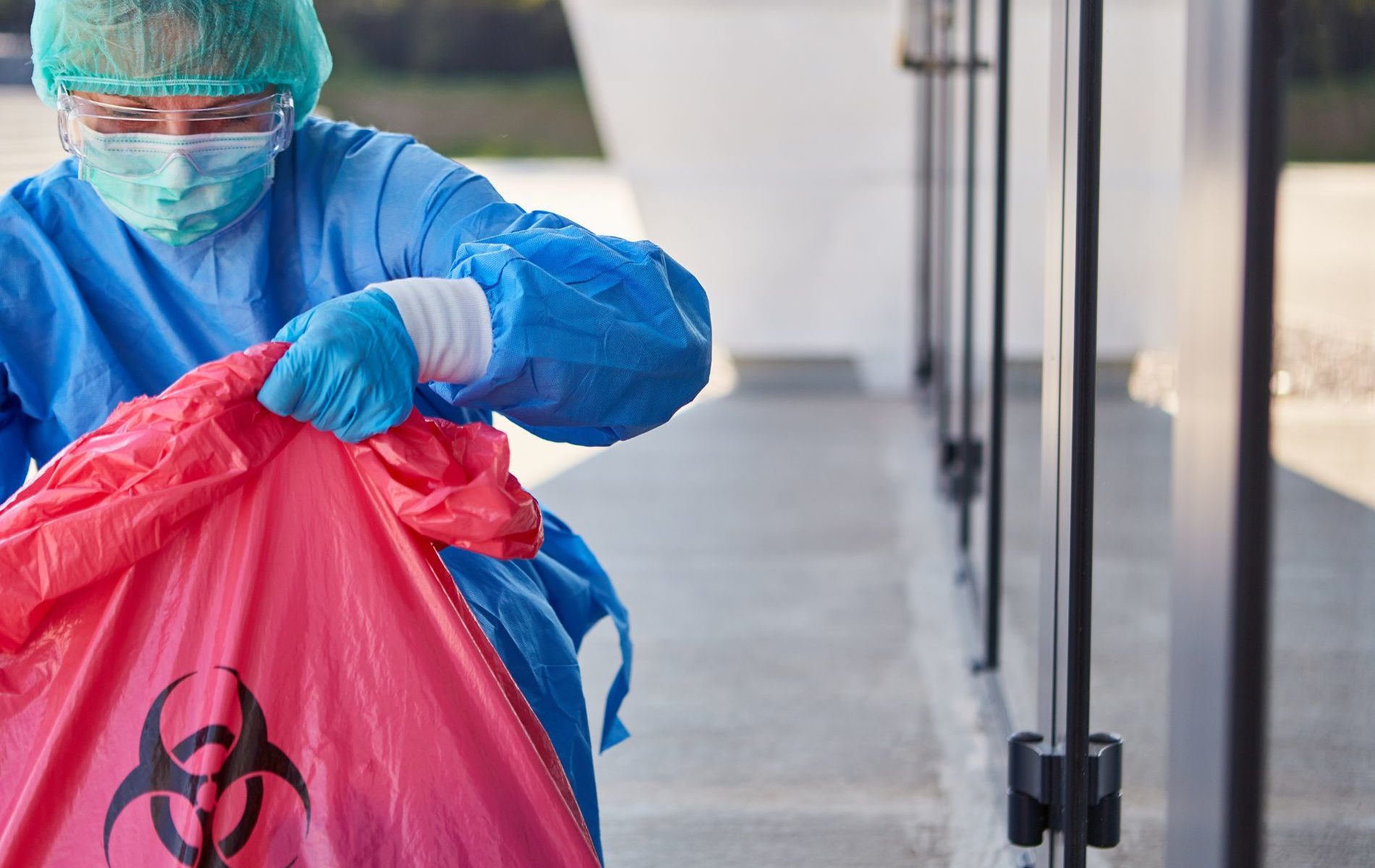Not known Details About Reclaim Waste
Table of ContentsReclaim Waste Fundamentals ExplainedExcitement About Reclaim WasteUnknown Facts About Reclaim WasteAn Unbiased View of Reclaim WasteSome Ideas on Reclaim Waste You Need To Know
Residential sewer waste refers to the waste and items from a domestic septic container. The proper monitoring and disposal of residential sewer waste require fluid waste to be transferred to a sewage therapy plant where the proper approaches and devices are used to detoxify and dispose of waste.
Industrial waste typically consists of potential dangers, such as flammable products or a combination of liquid and solid waste products, and needs an advanced and detailed disposal process. The disposal of commercial waste commonly involves the purification of waste prior to transport to make sure risk-free and appropriate disposal. Industrial waste is produced from by-products and overflow of industrial procedures and manufacturing.
This kind of waste can not utilize the exact same sewer monitoring transportation or processes as septic or commercial fluids. The commercial waste monitoring procedure requires the assessment and testing of fluid waste prior to it undergoes the disposal process (industrial wastewater treatment). Drainage waste is the liquid waste that originates from runoff and excess stormwater in highly inhabited locations or cities
Overflow waste can cause contamination and flooding otherwise dealt with effectively. Discover more regarding sewage system cleansing and waste administration. Making sure correct waste administration can avoid disasters and lower ecological harm. Both individuals in domestic settings and experts in commercial or manufacturing industries can benefit from understanding the procedures and policies of liquid waste management.
All about Reclaim Waste
Get in touch with PROS Services today to discover our waste management and disposal services and the appropriate methods to care for the liquid waste you generate.
(https://www.intensedebate.com/people/reclaimwaste1)Do you recognize what occurs to your water when you draw the plug, flush the commode or drain the washing device? No? Well, it deserves understanding. This so-called 'wastewater' is not only a crucial resource yet, after therapy, will certainly be released to our land, rivers or the ocean. Utilized water from bathrooms, showers, baths, kitchen area sinks, laundries and commercial procedures is recognized as wastewater.

water made use of to cool equipment or tidy plant and tools). Stormwater, a form of wastewater, is overflow that streams from agricultural and urban locations such as roofings, parks, yards, roads, courses and seamless gutters into stormwater drains pipes, after rainfall. Stormwater moves unattended straight to neighborhood creeks or rivers, at some point reaching the ocean.
The Only Guide for Reclaim Waste
In Queensland, the majority of wastewater is dealt with at sewage therapy plants. Wastewater is transported from domestic or industrial sites through a system of drains and pump terminals, understood as sewerage reticulation, to a sewer treatment plant.
The Department of Natural Resources recommends local federal governments about handling, operating and maintaining sewerage systems and therapy plants. In unsewered areas, city governments might need owners to set up specific or family sewage therapy systems to deal with residential wastewater from commodes, cooking areas, bathrooms and laundries. The Department of Natural Resources authorizes making use of house systems when they are confirmed to be effective.
In some brand-new subdivisions, treatment of some stormwater to get rid of trash, sand and gravel has actually started using gross toxin traps. Wastewater treatment happens in 4 phases: Eliminates solid issue.
Wastewater then flows into big tanks where solids clear up and are gotten rid of as sludge. Grease and scum are skimmed from the surface. Makes use of little living microorganisms called micro-organisms to break down and get rid of continuing to be liquified wastes and great fragments. Micro-organisms and wastes are integrated in the sludge. Gets rid of nitrogen and phosphorus nutrients that might cause algal find here blossoms in our waterways and intimidate marine life.
See This Report about Reclaim Waste
Nutrient removal is not readily available in any way sewage therapy plants due to the fact that it requires pricey specialised tools. It is coming to be more usual in Queensland. Clear liquid effluent generated after therapy may still include disease-causing micro-organisms. If this effluent is released right into rivers such as rivers or the sea, the micro-organisms will at some point die out.

The majority of wastewater moves into the sewerage system. Under the Act, neighborhood federal governments provide approvals and licences for eco appropriate tasks (ERAs) involving wastewater launches that may have a local impact.
Reclaim Waste Fundamentals Explained
Surveillance supplies accurate information concerning water top quality and can verify that licence problems are being met. The info acquired via tracking gives the basis for making water high quality decisions.